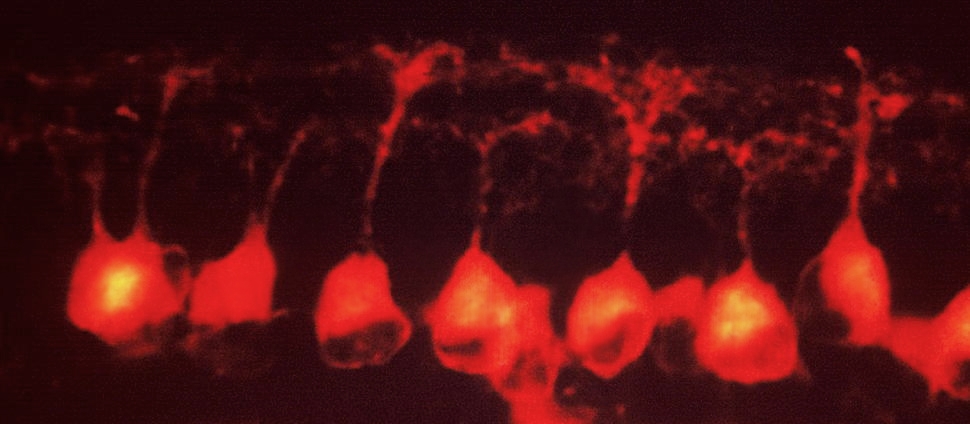Influences of long-term memory-guided attention and stimulus-guided attention on visuospatial representations within human intraparietal sulcus
Abstract
Human parietal cortex plays a central role in encoding visuospatial information and multiple visual maps exist within the intraparietalsulcus (IPS), with each hemisphere symmetrically representing contralateral visual space. Two forms of hemispheric asymmetries havebeen identified in parietal cortex ventrolateral to visuotopic IPS. Key attentional processes are localized to right lateral parietal cortex inthe temporoparietal junction and long-term memory (LTM) retrieval processes are localized to the left lateral parietal cortex in theangular gyrus. Here, using fMRI, we investigate how spatial representations of visuotopic IPS are influenced by stimulus-guided visuospatialattention and by LTM-guided visuospatial attention. We replicate prior findings that a hemispheric asymmetry emerges understimulus-guided attention: in the right hemisphere (RH), visual maps IPS0, IPS1, and IPS2 code attentional targets across the visual field;in the left hemisphere (LH), IPS0-2 codes primarily contralateral targets. We report the novel finding that, under LTM-guided attention,both RH and LH IPS0-2 exhibit bilateral responses and hemispheric symmetry re-emerges. Therefore, we demonstrate that both hemispheresof IPS0-2 are independently capable of dynamically changing spatial coding properties as attentional task demands change.These findings have important implications for understanding visuospatial and memory-retrieval deficits in patients with parietal lobedamage.


